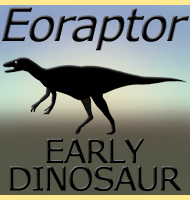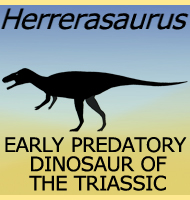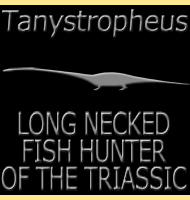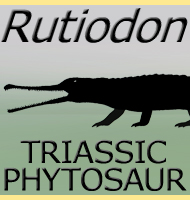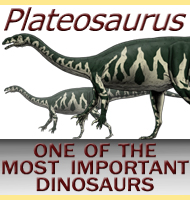


Saturnalia
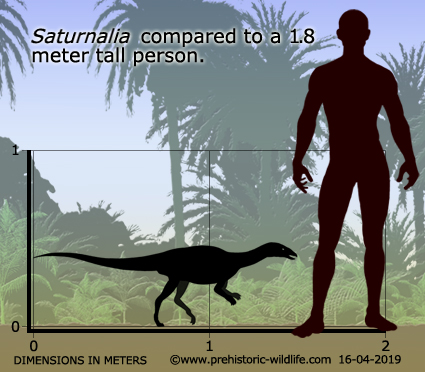
Name:
Saturnalia
(Latin for carnival, also a name of an ancient Roman festival in
honour of the god Saturn).
Phonetic: Sat-urn-ay-lee-ah.
Named By: M. C. Langer, F. Abdala, M.
Richter & M. Benton - 1999.
Classification: Chordata, Reptilia, Dinosauria,
Saurischia, Sauropodomorpha, Guaibasauridae, Saturnaliinae.
Species: S. tupiniquim
(type).
Diet: Uncertain.
Size: Estimated about 1.5 meters long.
Known locations: Brazil - Santa Maria
Formation. Zimbabwe - Pebbly Arkose Formation.
Time period: Carnian of the Triassic.
Fossil representation: Mandible, teeth and partial
post cranial skeleton.
Saturnalia
is today considered to be a sauropodomorph,
albeit a very primitive
one at that. The fossil record concerning the evolution of dinosaurs
is still very incomplete and quite possibly will never be known as a
whole, but as soon as dinosaurs appeared in the Triassic period it
seems that it was only a relatively short time before saurischian
(lizard hipped) dinosaurs had already split into its two main
groups; the Theropoda and the Sauropodomorpha. Those who know their
dinosaurs will already know that while the theropods remained one of
the key groups throughout the history of the dinosaurs, the members
of the sauropodomorpha would steadily evolve into the true
sauropods that would become one of the largest and most dominant types
of plant eating dinosaurs by as quickly as the middle Jurassic.
Saturnalia
was a long way from such gigantic dinosaurs as Diplodocus
and
Brachiosaurus,
yet the basic body form of these later dinosaurs can
already be seen in sauropodomorphs like Saturnalia.
The necks of
sauropodomorphs in particular were already starting to lengthen so that
an individual could feed upon a greater range of plants without
actually having to physically move the body. Also, although the
forelimbs were still shorter than the rear limbs, they still seem to
have been capable of bearing weight. Combined with the long length
of the actual body (not including neck or tail), it seems that
in a normal resting posture Saturnalia was probably
more likely to be
quadrupedal, a fore shadowing of future descendants that would have
been mostly quadrupedal. Saturnalia itself
however may have still
been capable of rearing upon just its hind legs to gain further reach
when feeding and may have run on just two legs when escaping predators.
The
exact diet of Saturnalia is a little uncertain due
to its basal
placement within the Sauropodomorpha. Future sauropods would be
exclusive herbivores, but they were descended from ancestors that
were meat eaters. The skull and hands of Saturnalia
show more classic
theropod features, and the vast majority of the genera that belong to
this group, especially during the Triassic, are confirmed meat
eaters. It is not entirely impossible that Saturnalia
might have
incorporated small organisms or even scavenged meat into its diet,
yet it may also have already switched to a more plant exclusive diet.
The
discovery of a partial femur (thigh bone) of Saturnalia
in Zimbabwe
can be taken as further evidence that South America and Africa were
once joined together, something that allowed for the free exchange of
fauna between the two continents. A possible predator of Saturnalia
might have been Staurikosaurus,
a slightly larger theropod dinosaur
that is also known from the Santa Maria Formation of Brazil.
Further reading
A sauropodomorph dinosaur from the Upper Triassic (Carnian) of
southern Brazil, M. C. Langer, F. Abdala, M. Richter
& M. Benton - 1999.
----------------------------------------------------------------------------
Random favourites
 |
 |
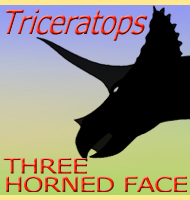 |
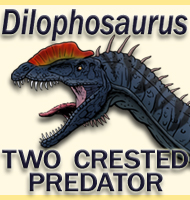 |
